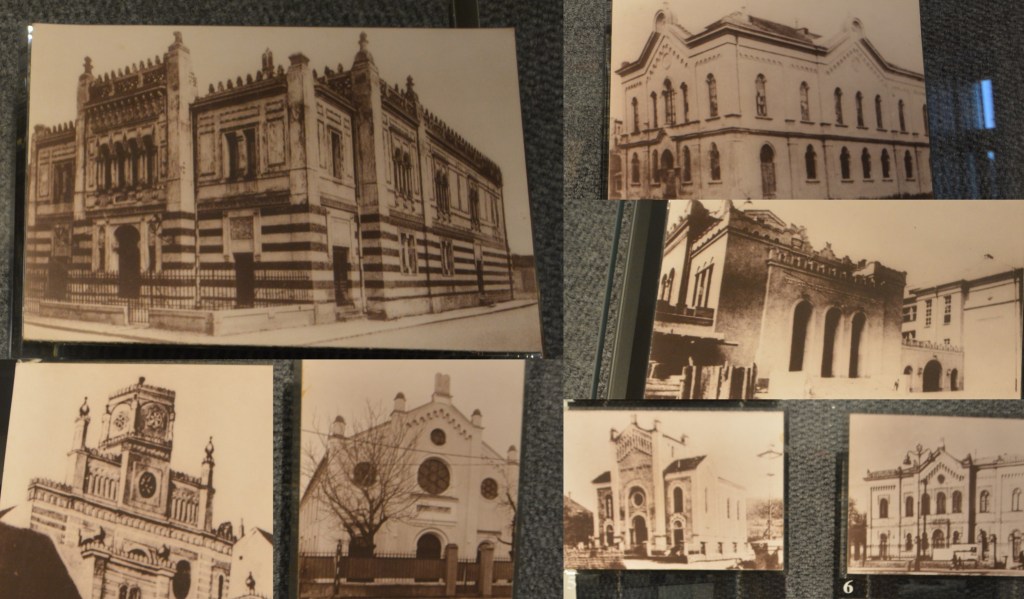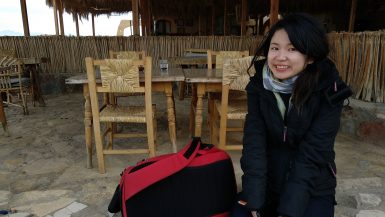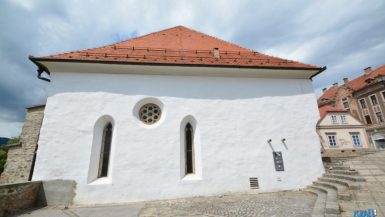The Slovak Republic was one of the few countries that “positively” responded to Nazi Germany’s “Final Solution”, by paying them to take care of the Jewish problem. In a strong contrast to Denmark, this region where 130000 Orthodox Jews lived, now hardly 3000 live in Bratislava. So what happened?
Attitude towards Jews in Early Ages
Jews migrated with the Roman army in the 1st century to this region, where Czech, Slovakia, and Hungary are. After the expulsion of Jews from Western Europe in 1098, a large number of Jews migrated to Hungary. The earliest record of Jews in Bratislava dates back to 1270.
In the 14th century, the Jews built a synagogue in Bratislava, but Benedictine bishop ordered them to destroy it. Then, after a few years, the Jews rebuilt the synagogue again. In 1421, the Jews of Vienna expelled and they escaped here. As the number increased, the anti-Semitic increased. So all of them were expelled again, and the property was confiscated. The history repeated until decades later, a synagogue was once again allowed to be rebuilt. In 1477, the new ruler established a Jewish Chief as a bridge for communication between Christians and Jews.
The Jews of Bratislava were locked in the ghetto from the 15th century, and Pope Innocent III ordered that Jews must wear red cloaks for identification. The Jews in Pezinok were expelled and were only allowed to stay on the land of Palffy family in 1609. The Jews of Vienna also stayed in Schlossgrund, a land owned by the same family.
Joseph II and Temporary Progress
It was not until the end of the 18th century that the Jewish community grew stronger, mainly because of changes in the policy of the law. In 1783, Joseph II issued the Edict of Tolerance, relaxing previous restrictions on occupations. In 1788, the Jews were enrolled in the Austrian army for the first time. And the prohibition of Jews living in the city was lifted in 1843, and changed to “tolerance tax”.
In this relatively free atmosphere, Bratislava has become the base of the orthodox Jewish religion in the Austro-Hungarian region because of the powerful Rabbi- Chatam Sofer (1762-1839). Neolog sect boomed in Budapest, but Orthodox Judaism was still the mainstream here.

After Spring of Nations or the Revolution of 1848, the existing aristocrats and kings were overthrown. And as nationalism rose, antisemitism rose again.
After WWI, Czechoslovakia became an independent country from previous Austro-Hungarian Empire. The Jewish situation changed, the political party was formed, 2 seats were won in the parliament in 1929. In 1919, the Jewish found the newspaper called Jewish People’s Paper.


In the 1921 census, 130,000 Jews in Czechoslovakia regarded themselves to be observant Jews, and another 70,000 considered themselves to be Jewish by blood. At that time, there were 165 orthodox synagogues and 52 reformist synagogues. This region was the center of Zionism and Jewish activities.
Neo-log synagogues in Slovakia:
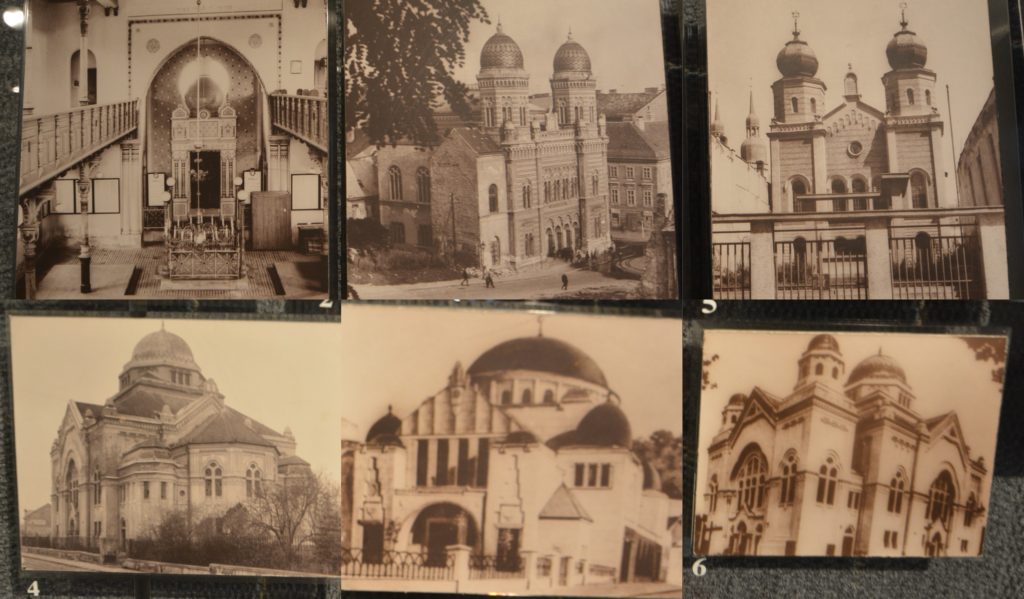
Orthodox synagogues in Slovakia:
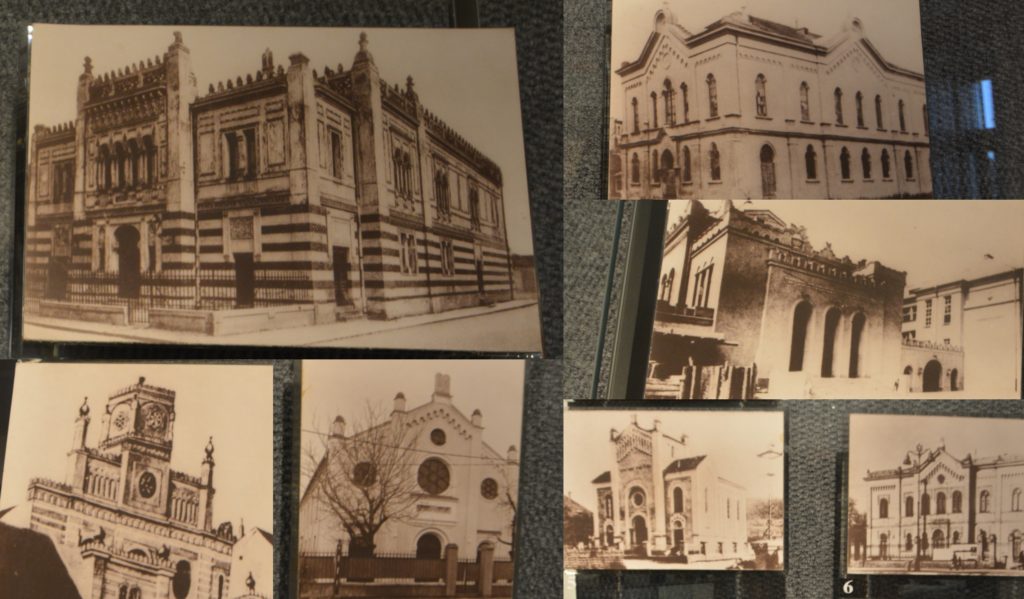
This synagogue on Heydukova street was built in 1926 because of the increased numbers of Jews.

Between the two world wars, Bratislava had about 15,000 Jews, accounting for 12% of the city. At this point in time, Slovak Jews did not seem to have economic conflicts with locals, like it is in Budapest. And Slovakia did not lose territory from war and did not need help from Germany, so all these anti-Semitic actions could attribute only to Christian’s rejection to Jews.
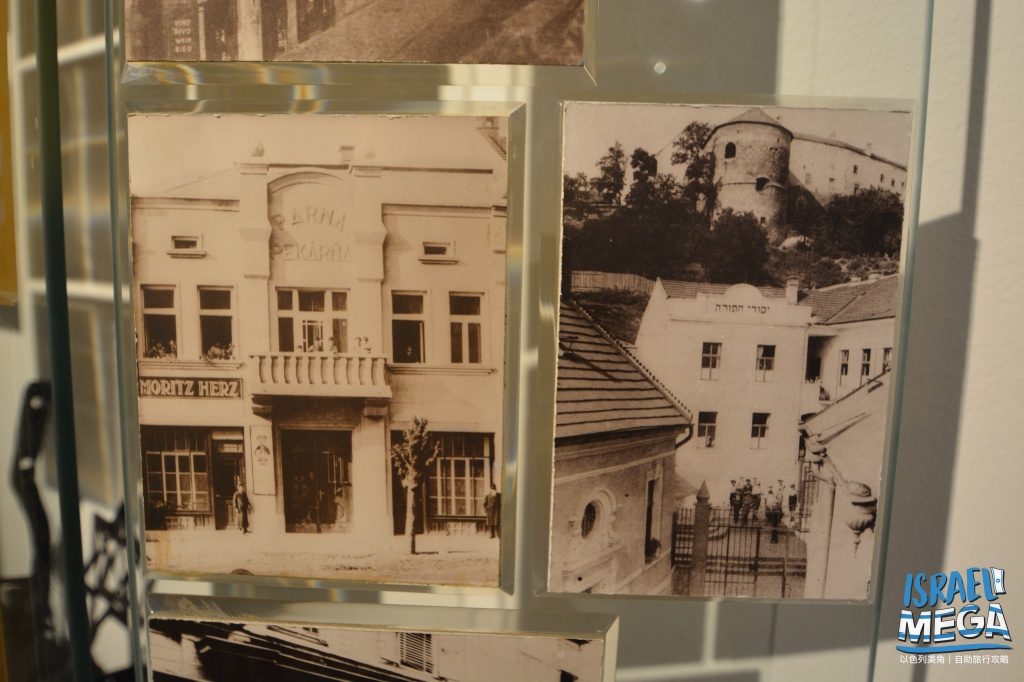
And we will continue …


